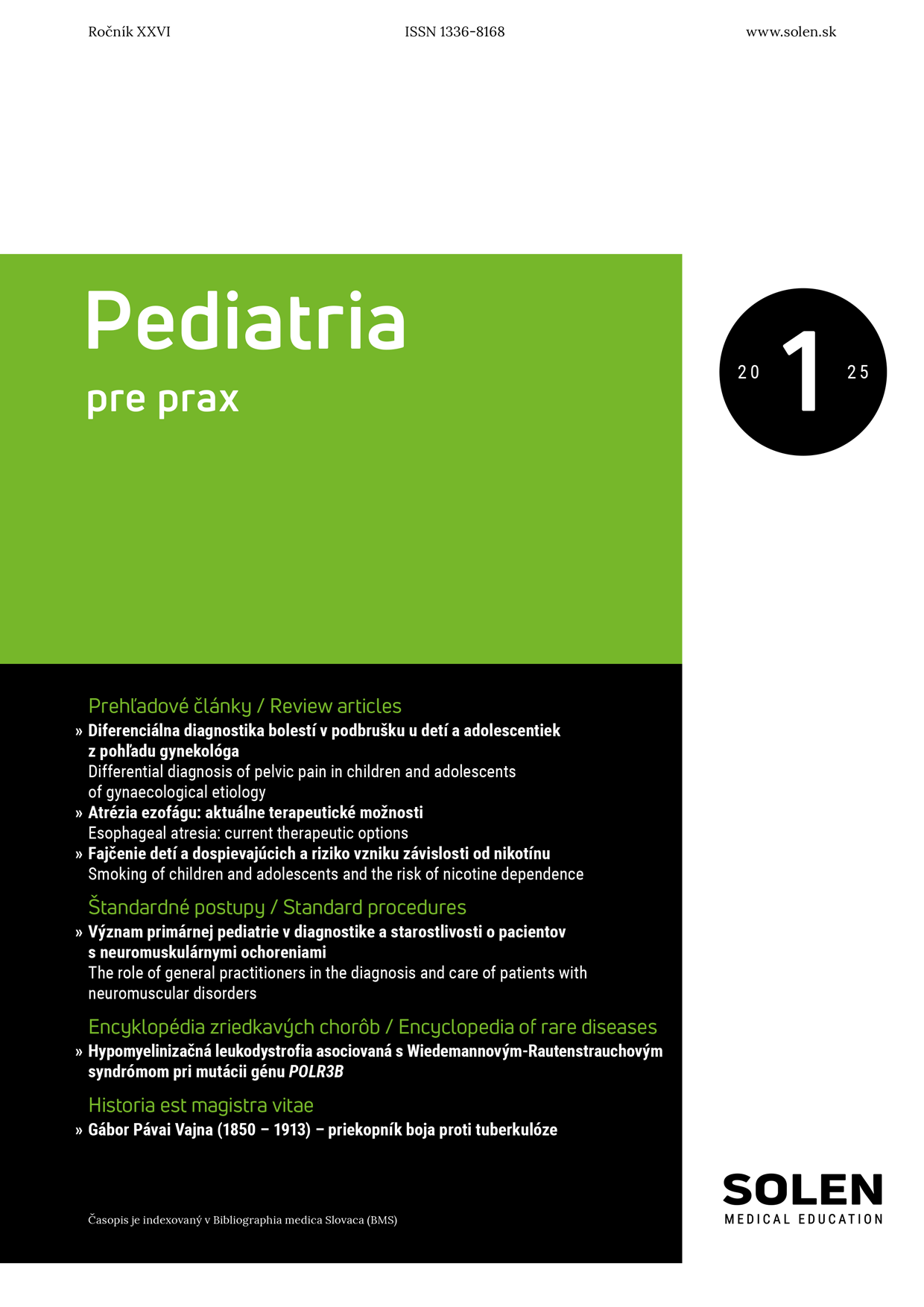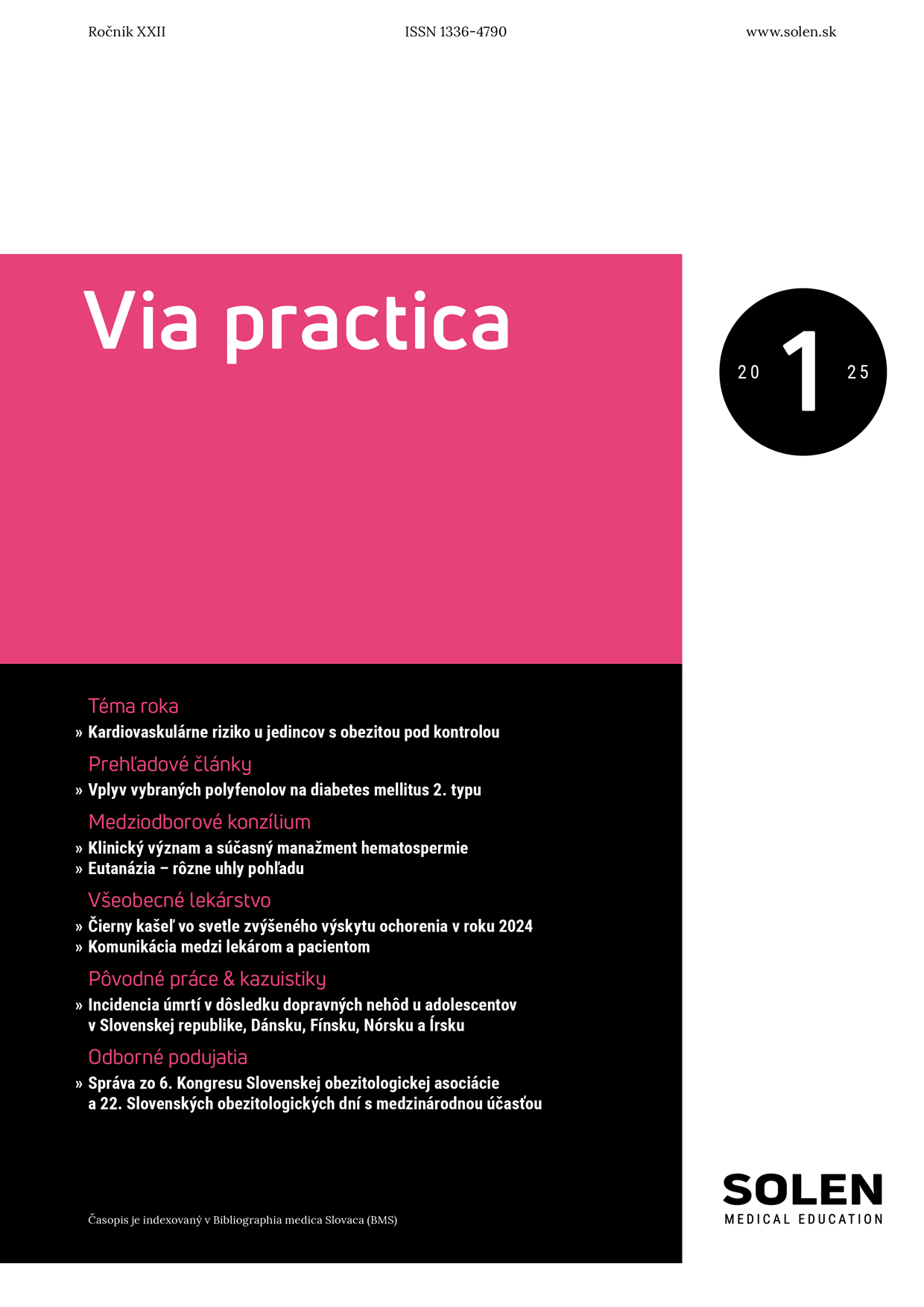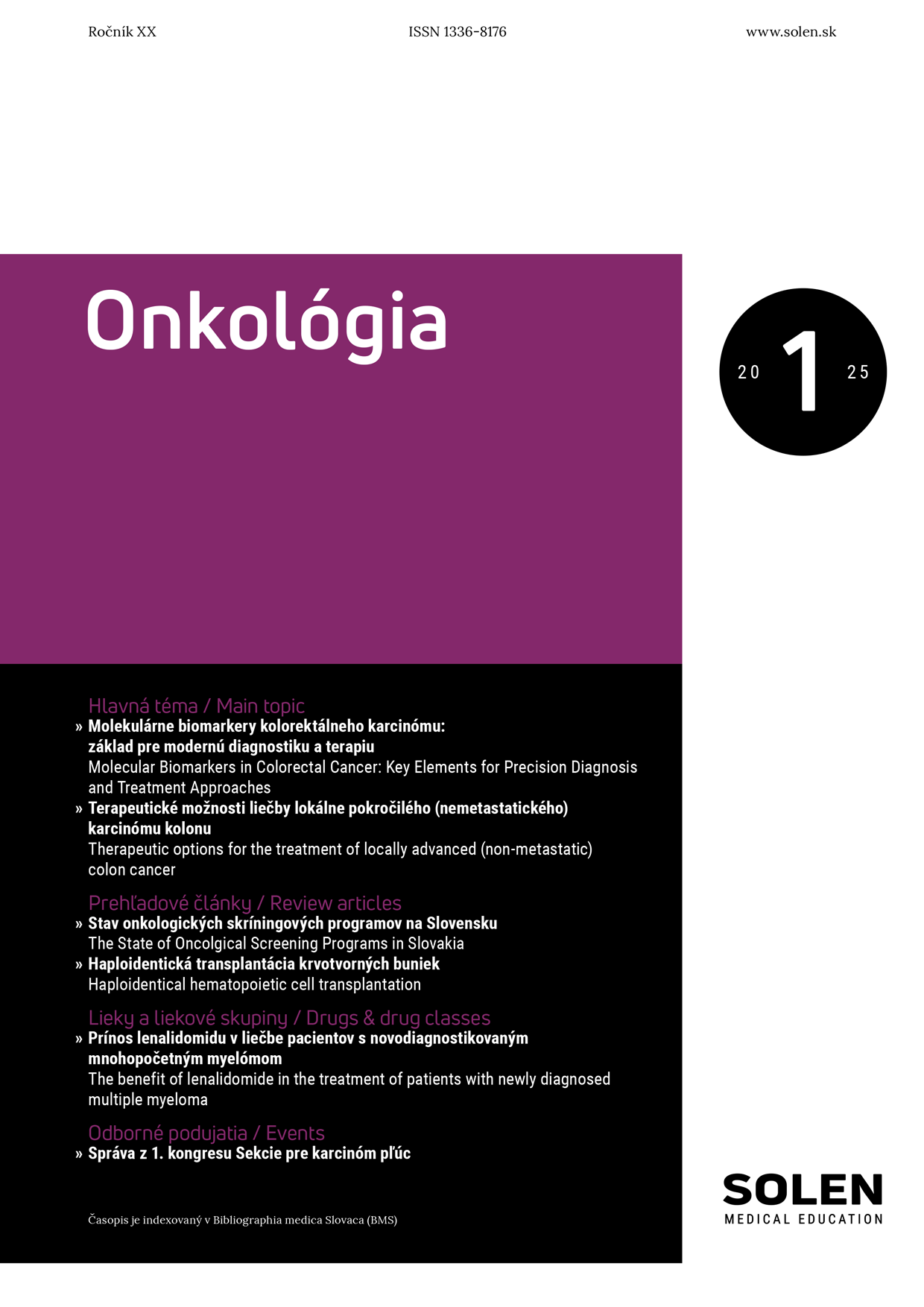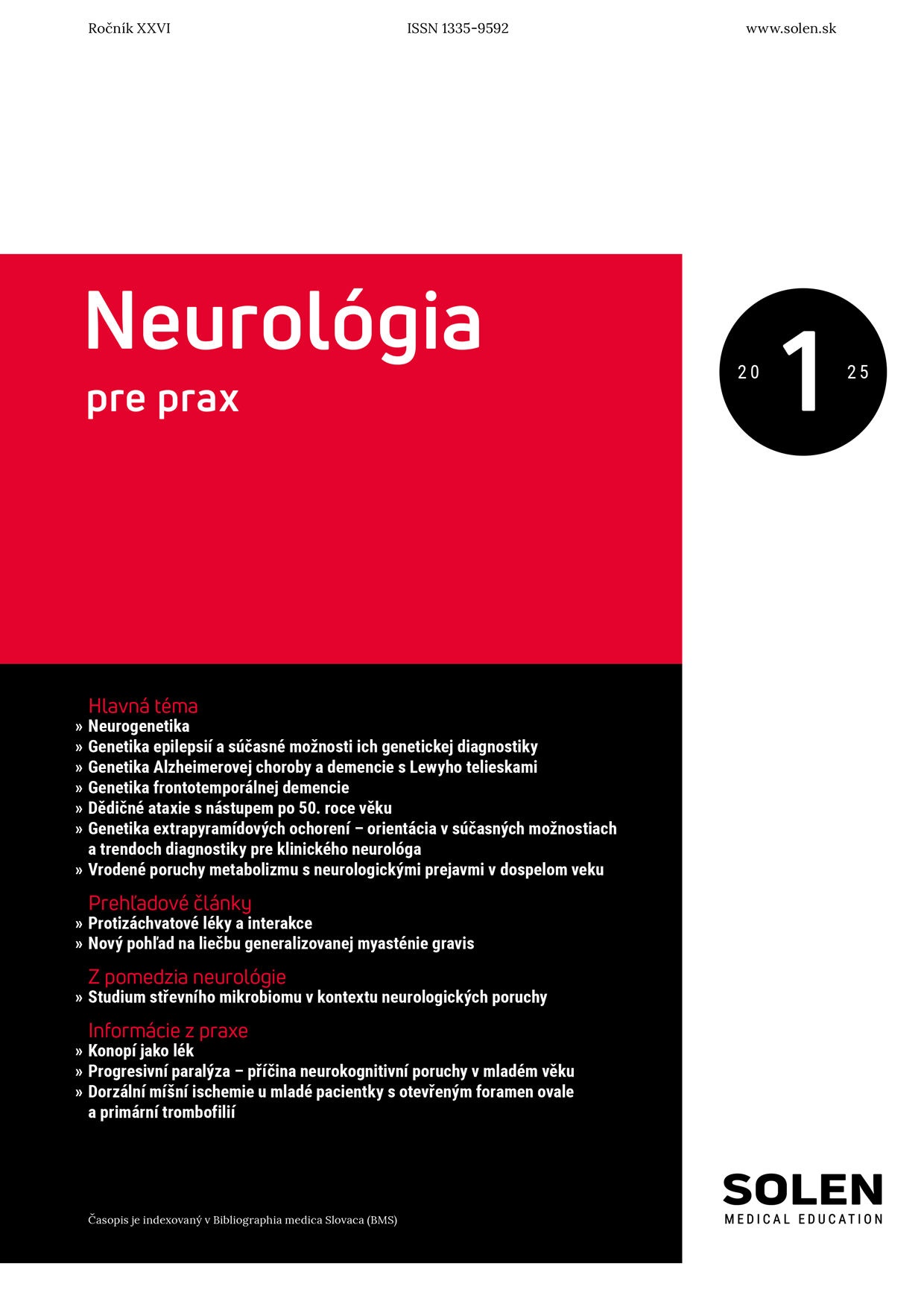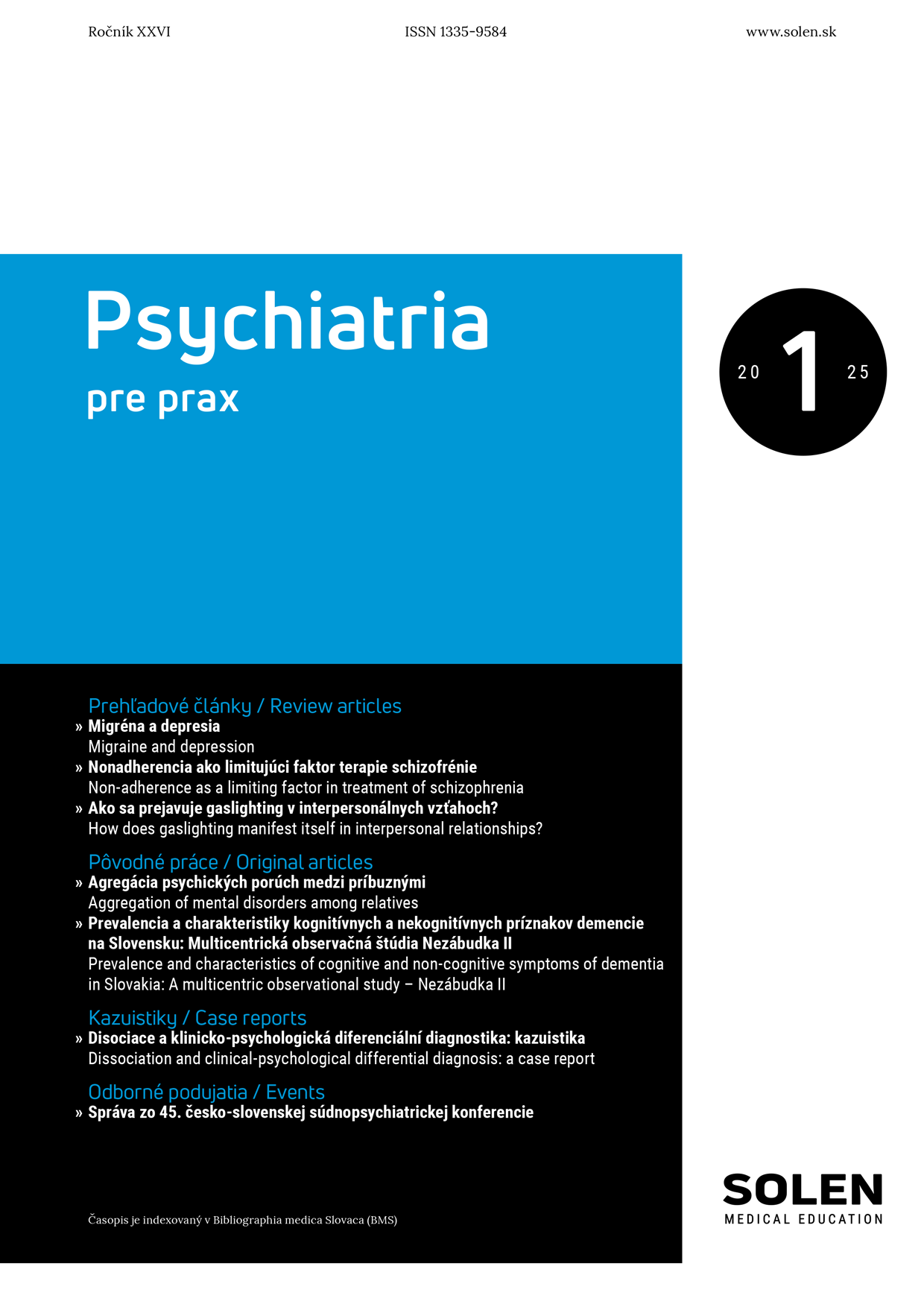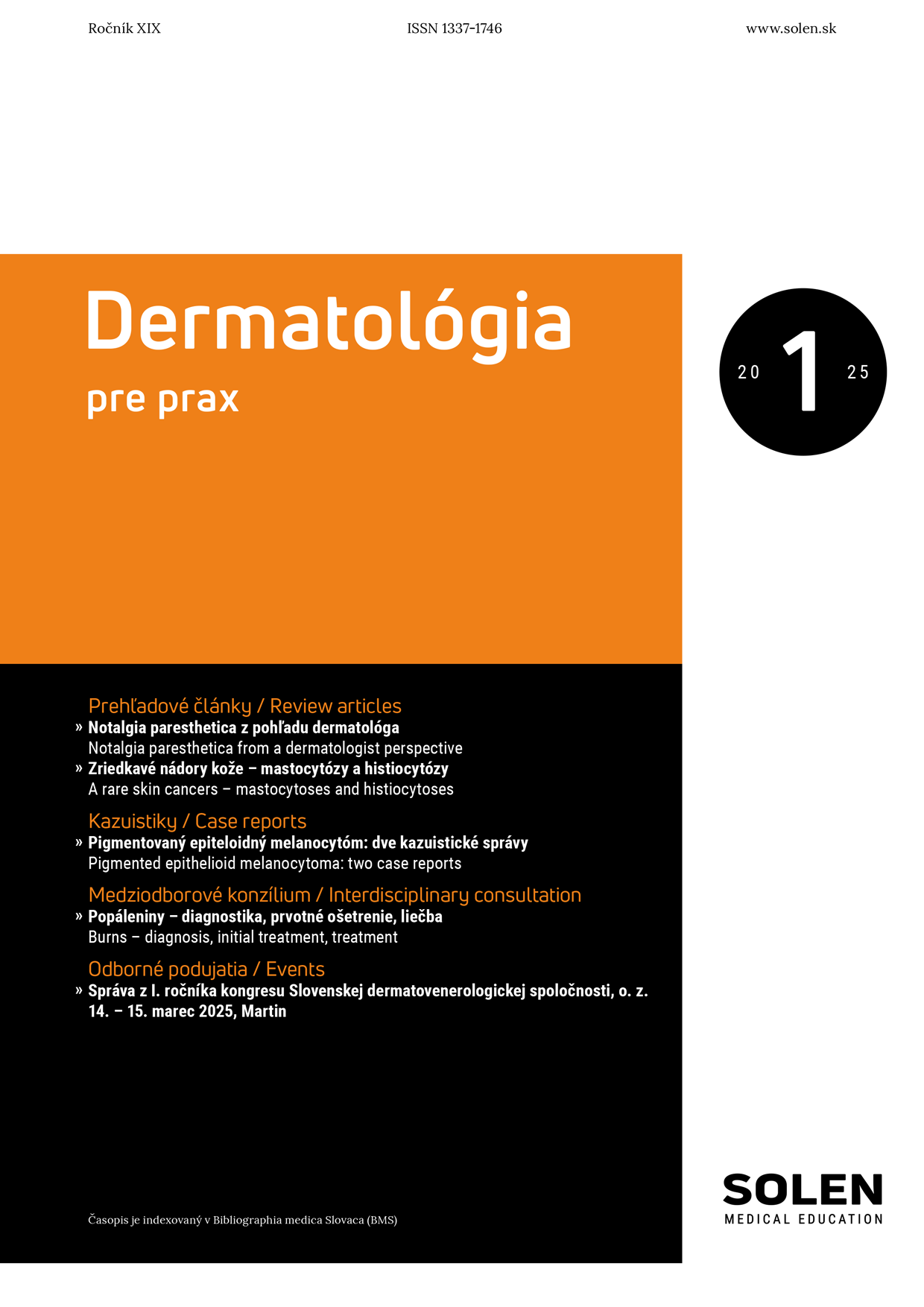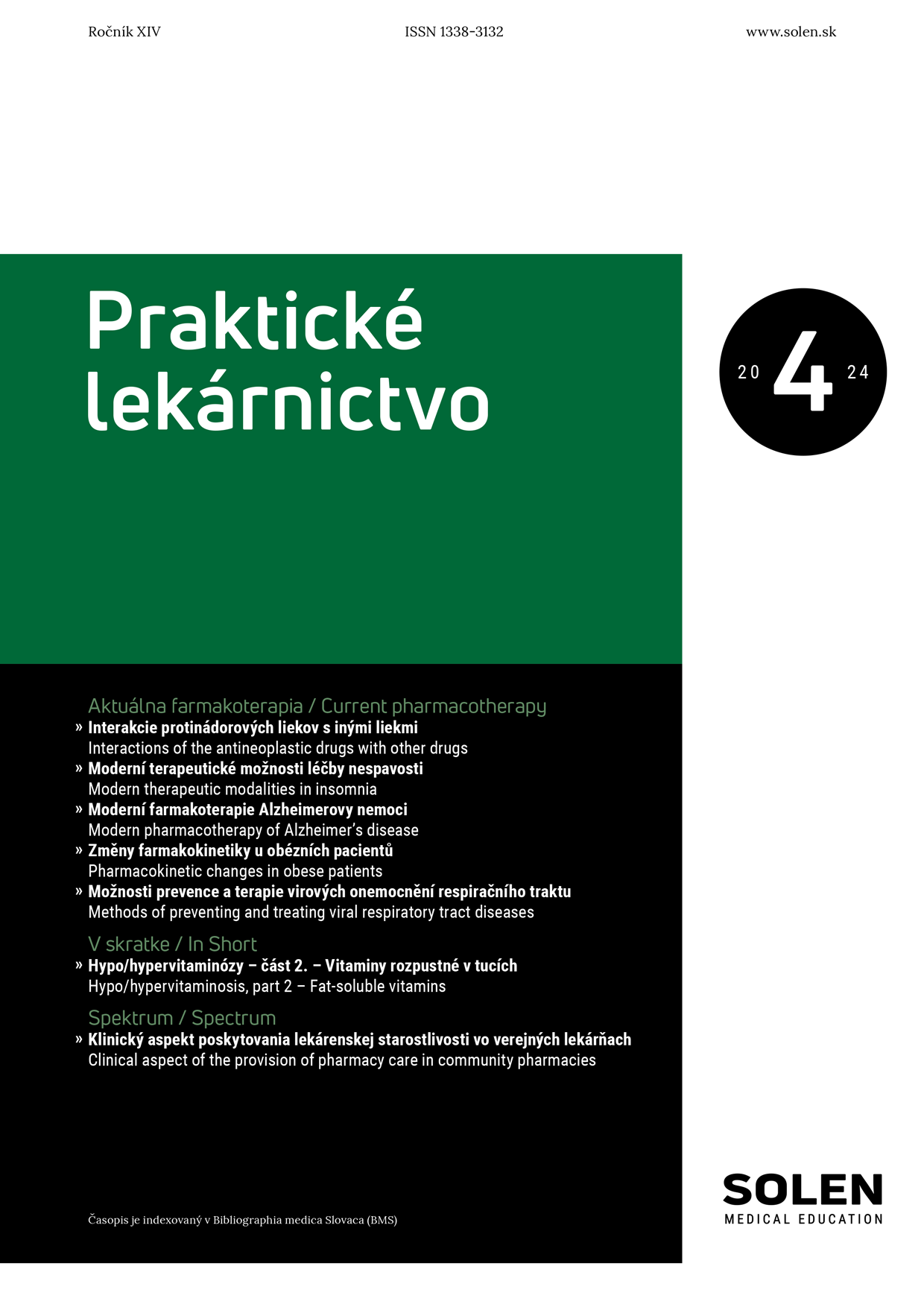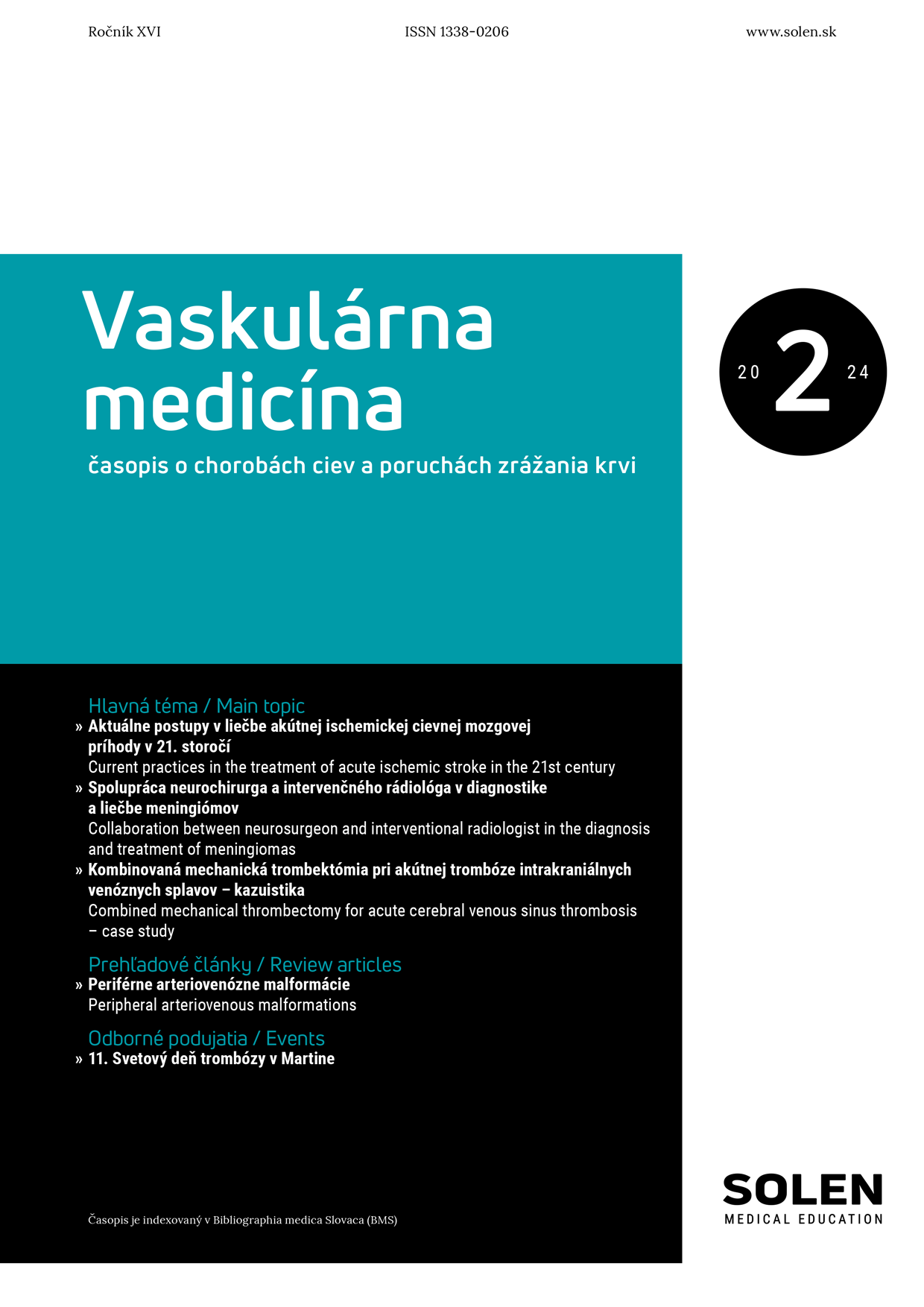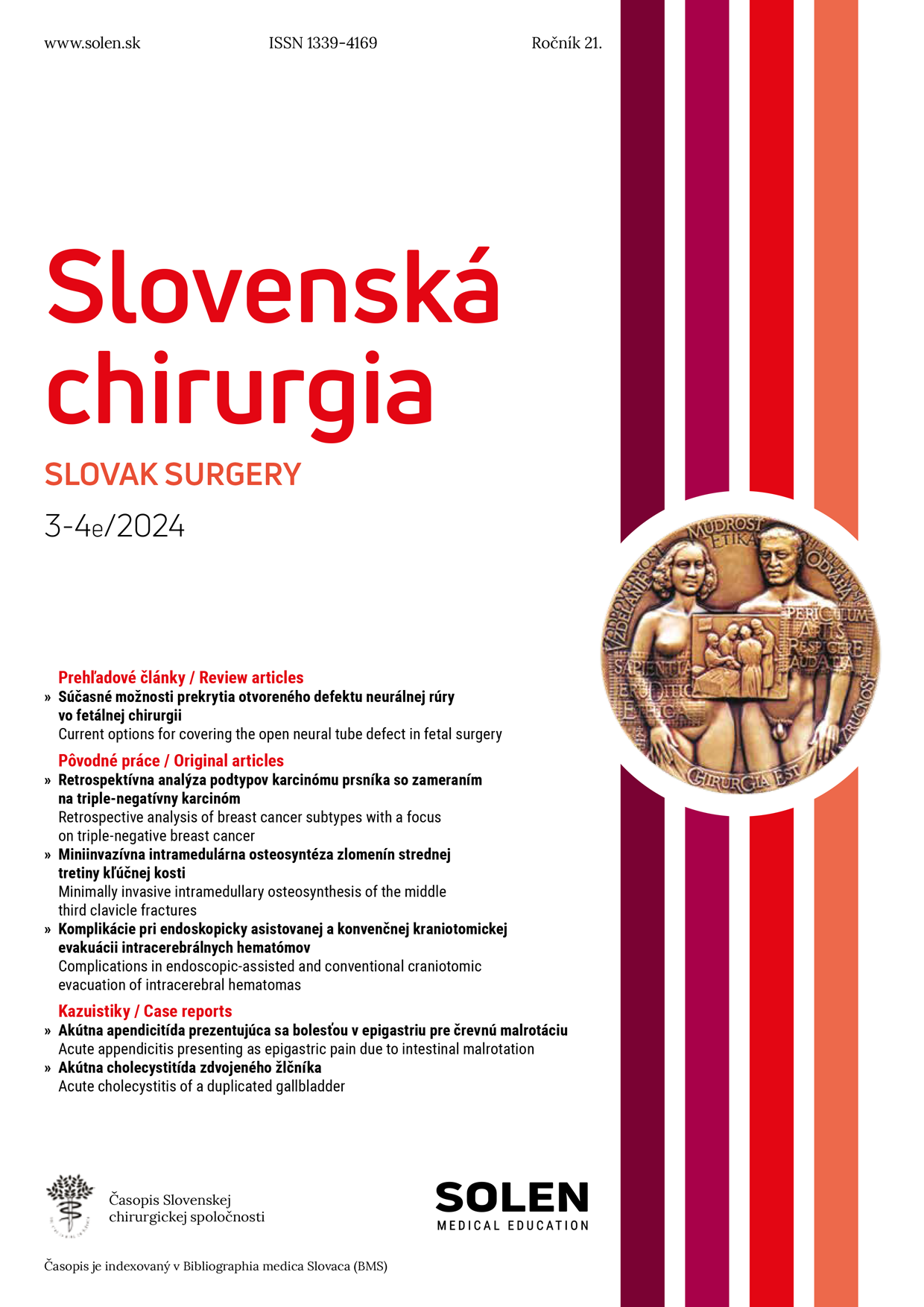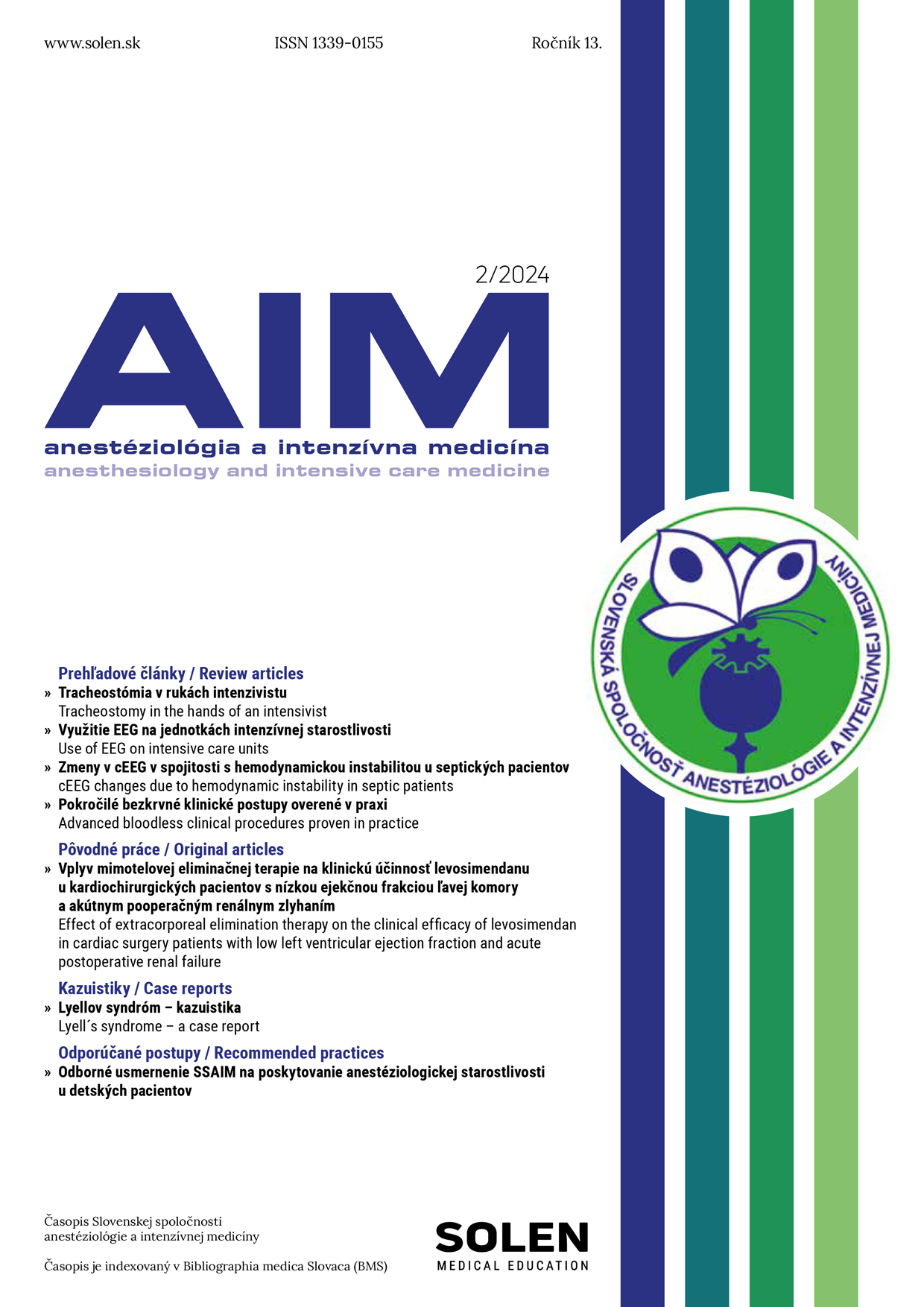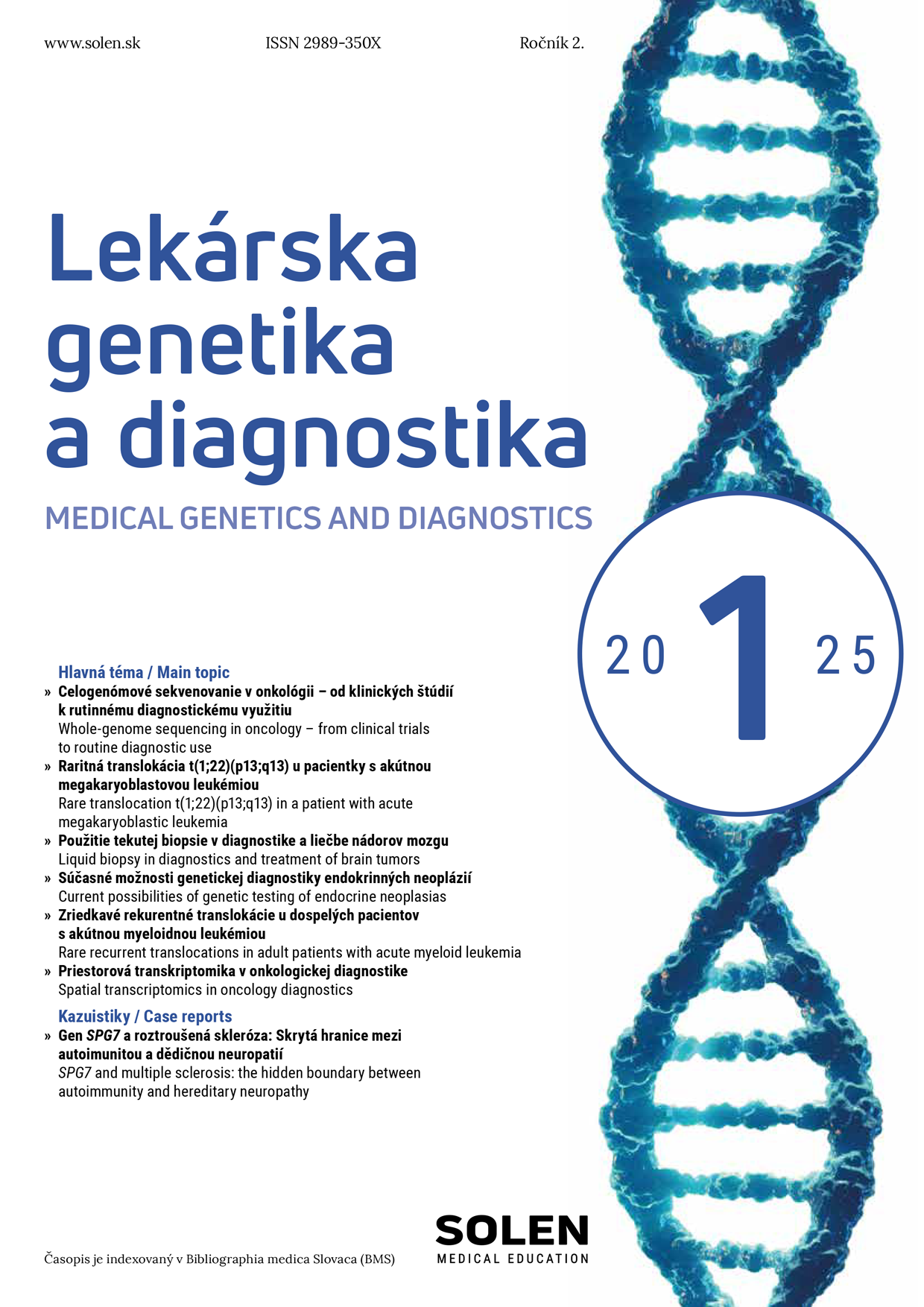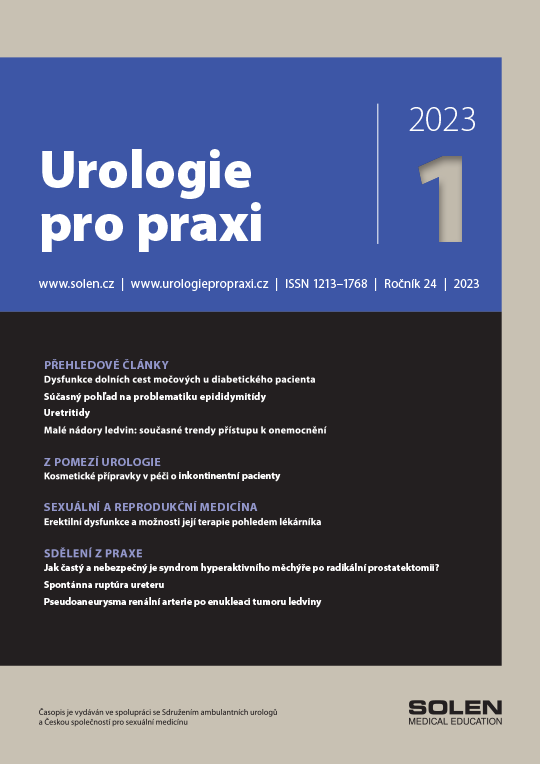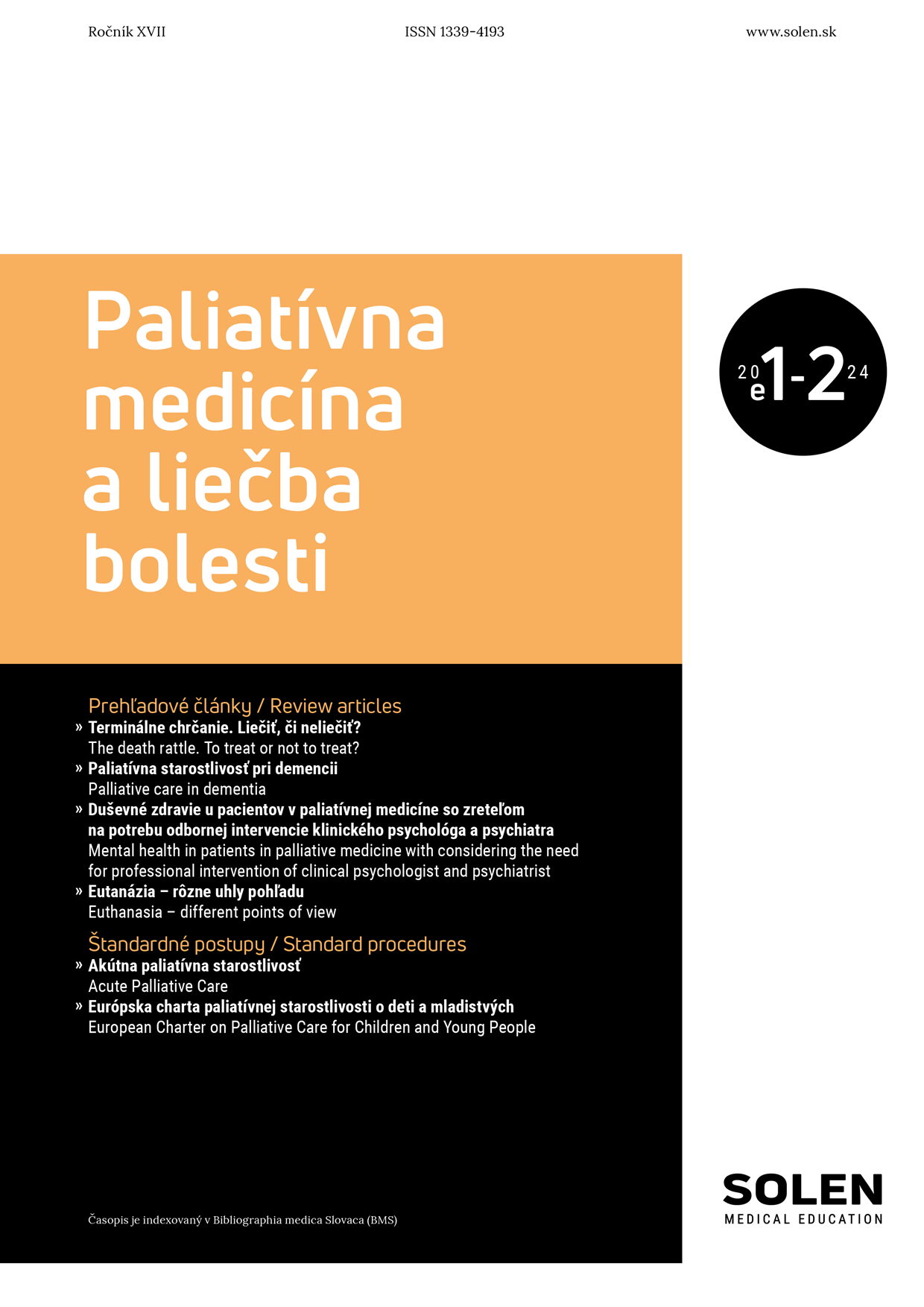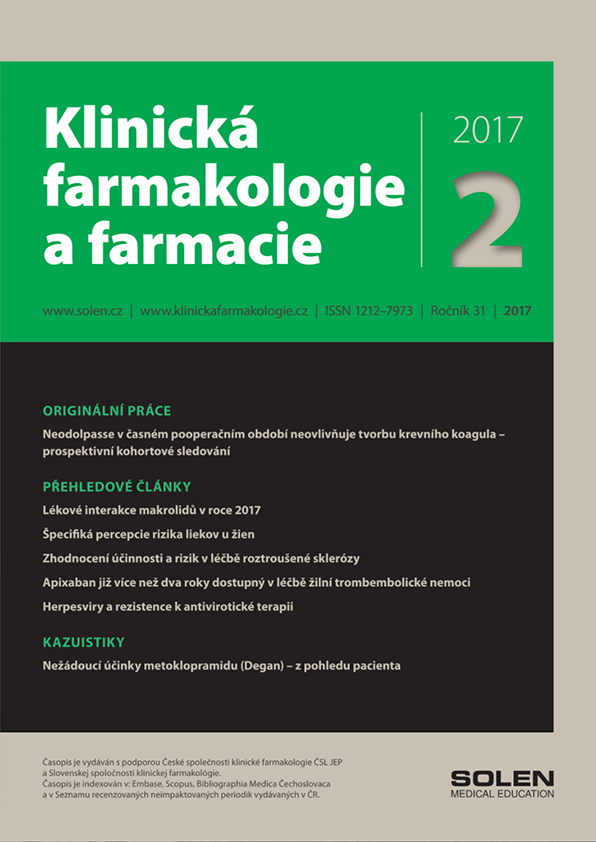Onkológia 1/2025
New therapeutic approaches in the treatment of thymic epithelial tumours
Thymic epithelial tumors (TET), including thymomas and thymic carcinomas, represent rare but clinically significant malignancies. These neoplasms arise from thymic tissue, with an estimated incidence of 0.13 cases per 100,000 population per year. Thymic carcinomas account for approximately 20% of all TET and are characterized by clinical aggressiveness. TET are often associated with paraneoplastic syndromes, such as myasthenia gravis, which affects 30 to 60% of patients. These syndromes necessitate a multidisciplinary approach to diagnosis and treatment. According to the WHO classification, thymomas are divided into several types, each with different prevalence and prognosis. Promising results in the treatment of recurrent and refractory tumors have emerged from the use of anti-angiogenic multikinase inhibitors and immunotherapy. The phase II clinical trial by Cho et al. investigates the efficacy of pembrolizumab in patients with refractory or recurrent TET. The results indicate an overall response rate of 21.2% and a median progression-free survival of 6.1 months. The study by Giaccone et al. evaluates the efficacy of pembrolizumab in patients with recurrent thymic carcinoma, achieving an overall response rate of 22.5% and a median progression-free survival of 4.2 months. The phase II PECATI study examines the combination of lenvatinib and pembrolizumab, achieving a 1-year progression-free survival rate of 62%. The multicenter phase II CAVEATT study evaluates the efficacy and safety of the combination of avelumab, a PD-L1 inhibitor, and axitinib, an anti-angiogenic drug, in patients with advanced B3 thymomas and thymic carcinomas. The overall response rate (ORR) was 44.4%, with a disease control rate (DCR) of 100%. Updated NCCN guidelines recommend this combination as a second-line systemic treatment option for patients whose disease progresses after platinum-containing chemotherapy.
Keywords: New therapeutic approaches in the treatment of thymic epithelial tumours


